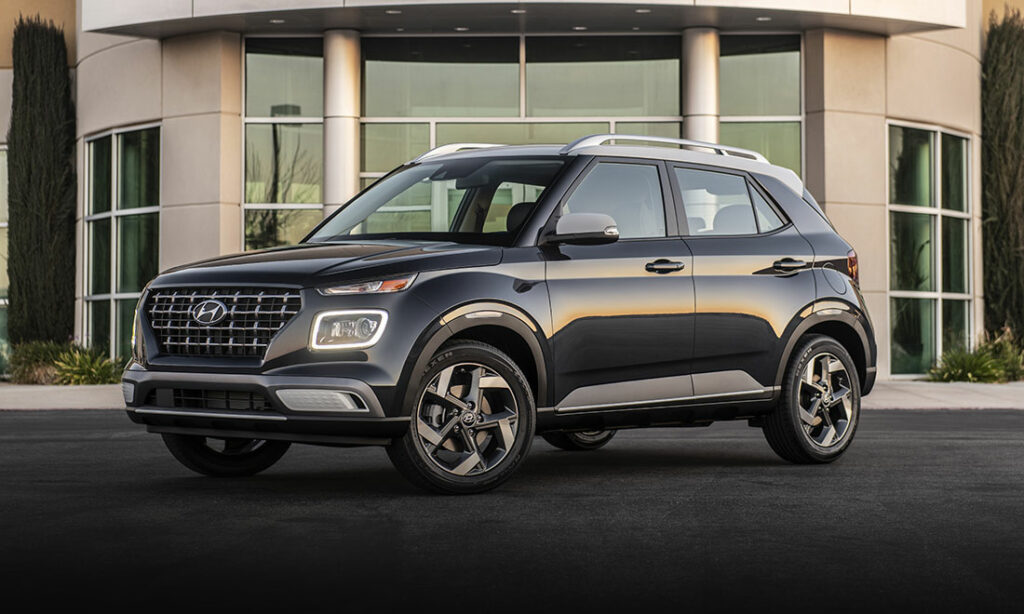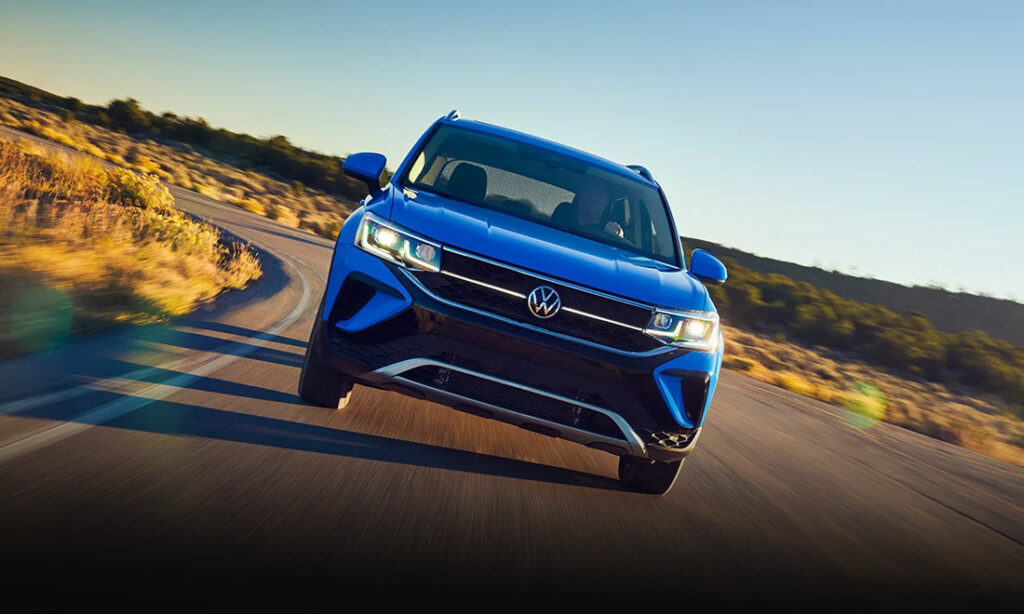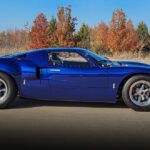Retro Review: The Lexus LS 400
The Lexus LS 400 redefined what Japanese car companies were capable of. Here’s the story behind the pioneering classic.
Lexus LS 400: Pursuing Perfection
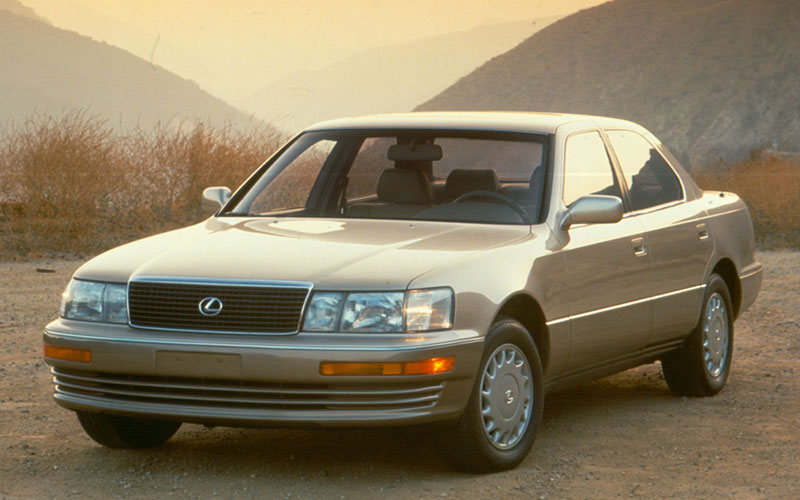
1991 Lexus LS 400 – pressroom.lexus.com | Shop Lexus LS 400 on Carsforsale.com
By the early 1980s, Toyota had established itself in the US as a maker of affordable, reliable, unexciting cars. But Eiji Toyoda took a look at the luxury sedan market, then dominated by the likes of Mercedes and Cadillac, and saw an opportunity to apply his company’s rigor to a new segment and make a serious profit doing it. The result was a new brand, Lexus, and a new car, the LS 400. The Lexus LS 400 would offer all the refinement and tech of its German rivals at a fraction of the cost. In the end, the LS 400 proved Toyota wasn’t just great at making economy cars, it was great at making cars, period.
Taking on the Germans
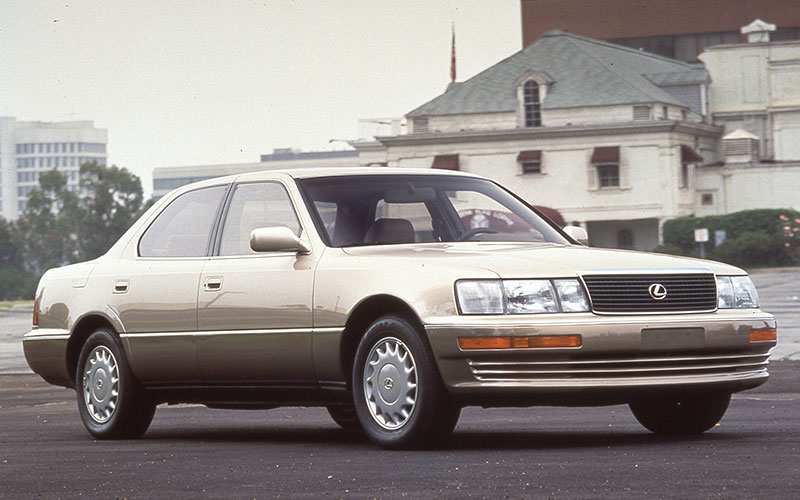
Toyota knew that the overhead on producing a luxury sedan would be significant compared to the economy cars they’d previously specialized in. However, back in the 1980s, the exchange rate on Japanese yen to US dollars was much more favorable than German deutschmarks to dollars. This meant that, despite the initial overhead, Toyota could seriously undercut their German competition when it came to price.
Initial planning for the new luxury brand began in 1983. Ichiro Suzuki, Toyota chief engineer was given carte blanche to develop the new F1 (or alternatively Circle 1) prototype (F1 for “Flagship One”). The F1 would be built from the ground up. There would be no platform sharing. Beginning in 1984, research and development lasted years and required over 1,400 engineers, broken in 24 different teams, 2,300 technicians, and 60 designers to see the Lexus LS 400 to fruition.
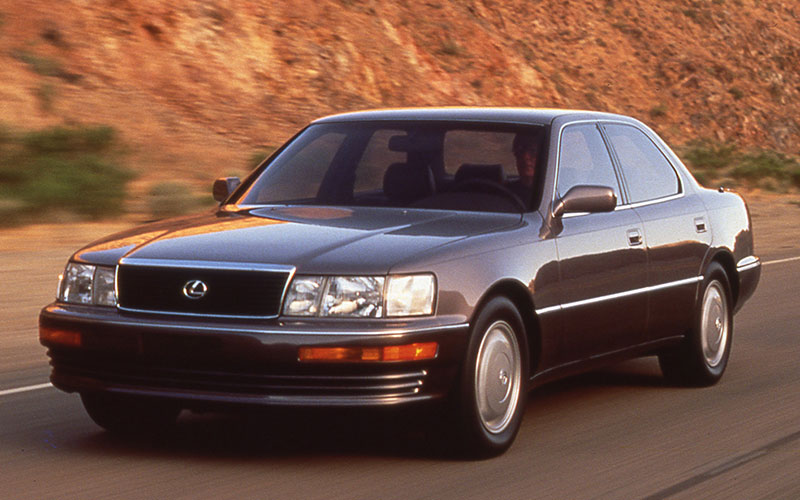
Toyota’s plan was to surpass the likes of Mercedes and BMW in quality and affordability and, thereby, in sales. But launching a luxury brand and taking on the Germans in the US meant Toyota needed new market research so see what made American luxury car buyers tick. This led a team of Toyota researchers to Laguna Beach, CA where they studied the tastes of American luxury car buyers first hand.
A Lexus By Any Other Name
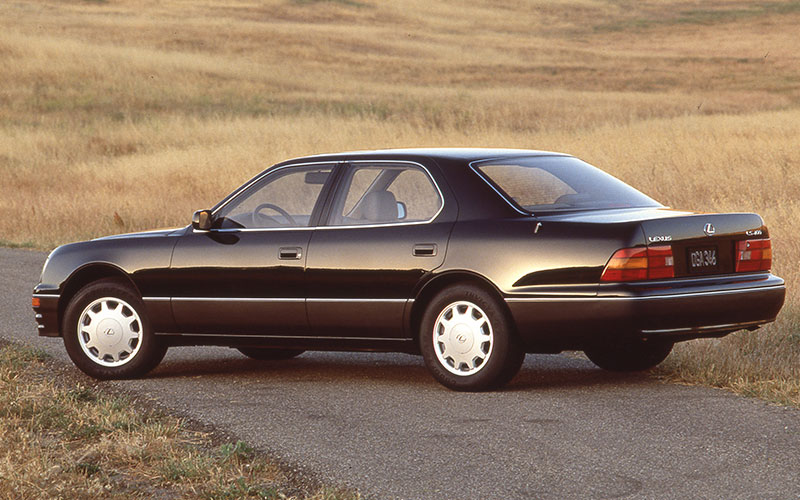
Even naming the brand would be a thoroughgoing process. Out of 200 proposed names, Toyota narrowed the list down to just 5 selections: Vectre, Chaparel, Calibre, Verone, and Alexis. The winner, Alexis, was modified to Lexis and then finally Lexus. According to the company, Lexus draws from French “luxe,” Latin “luxus,” and Greek “lexicon” to encapsulate a “new language of luxury.” Gotta hand it to their marketing department, eh?
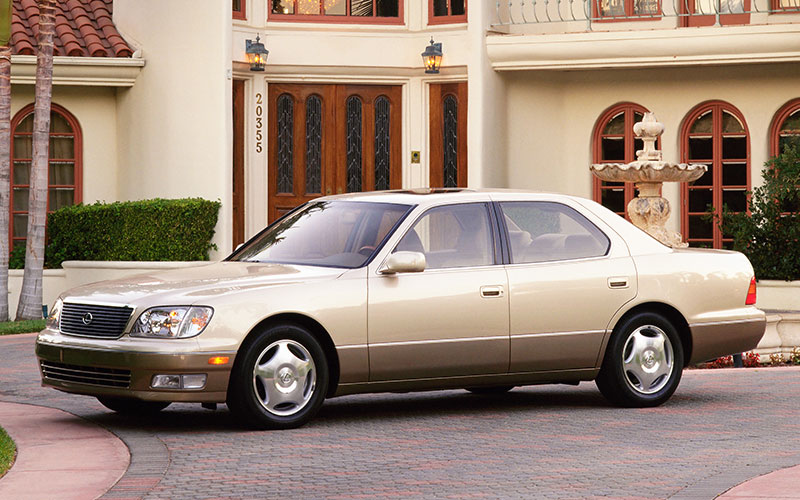
That note of understated elegance would extend to the exterior of the car which erred on the conservative side with simple, strong lines. Initial concepts had featured a more futuristic, sporty design, but in the end, designers settled on a more traditional 3-box sedan. The last thing Toyota wanted was to take undue risks with bold styling.
The 1990 model year LS 400 debuted at the North American International Auto Show in January of 1989 to wide acclaim. US sales began in the fall of that year.
Exceeding Expectations
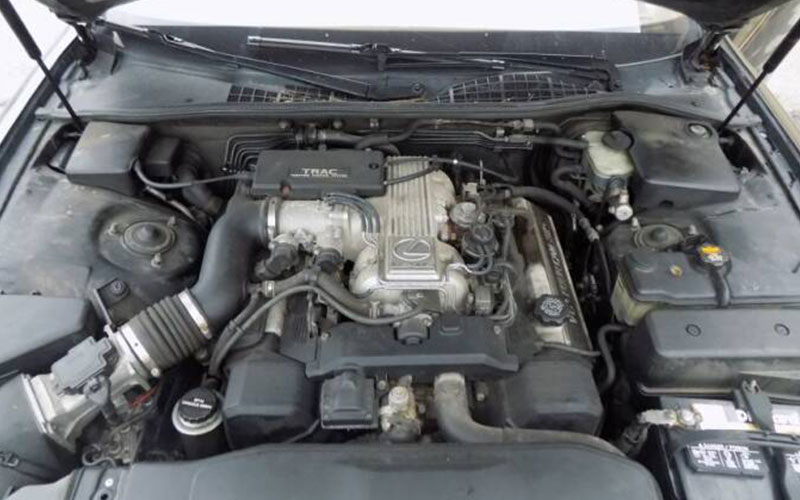
The Lexus LS 400 wasn’t destined to be the flashiest luxury sedan on the market. Instead, it aimed at being the most technically refined. Not only would it need a smooth and whisper-quiet ride, it would also have to be efficient. In order to avoid the US’s gas-guzzler tax, it had to get at least 25 mpg. It would also need to be light enough to dodge the US’s luxury car tax. In the end, the LS 400 hit all the marks set for it and exceeded the expectations of buyers.
Under the hood of the LS 400 was a 4.0L V8 offering up 250 horsepower and 260 lb.-ft. of torque. The 1UZ-FE featured a 32-valves a dual overhead cam set up with an aluminum block and aluminum heads. The engine was paired with a four-speed automatic and sent one hundred percent of the power to the rear wheels. Acceleration was good, if not imposing.
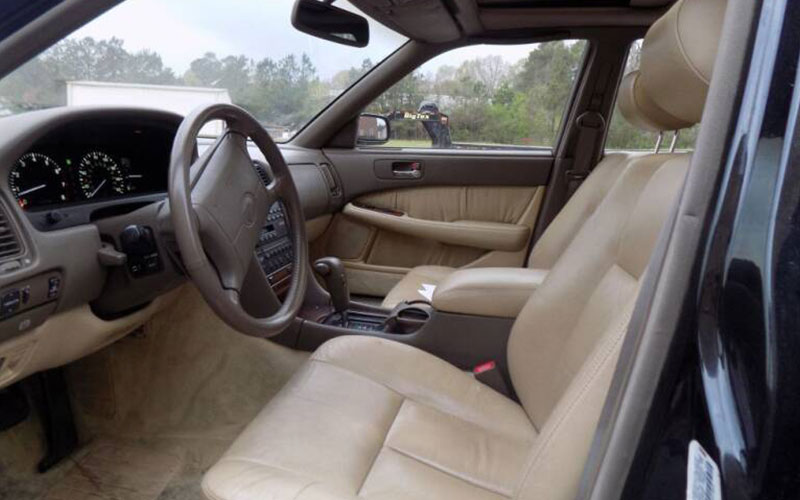
Luxury features included copious amounts of leather, heated power seats, a power-adjusting steering wheel, and power adjusting seat belts. The walnut trim came direct from Yamaha, makers of some the world’s finest pianos and motorcycles. Even the instrument panel dazzled with illuminated gauges and projected indicator lights that lent a 3D effect to the display.
Aside from the array of buttons and the capable V8, the LS 400’s strongest attraction was its impressively soft, becalming ride thanks to an independent double-wishbone suspension (and optional air-suspension). To reduce vibration, the LS 400 featured hydraulic-pneumatic engine mounts. The television commercial featuring a pyramid of wine glasses sitting unperturbed atop the LS 400’s engine wasn’t much of an exaggeration.
Lexus LS 400 Legacy
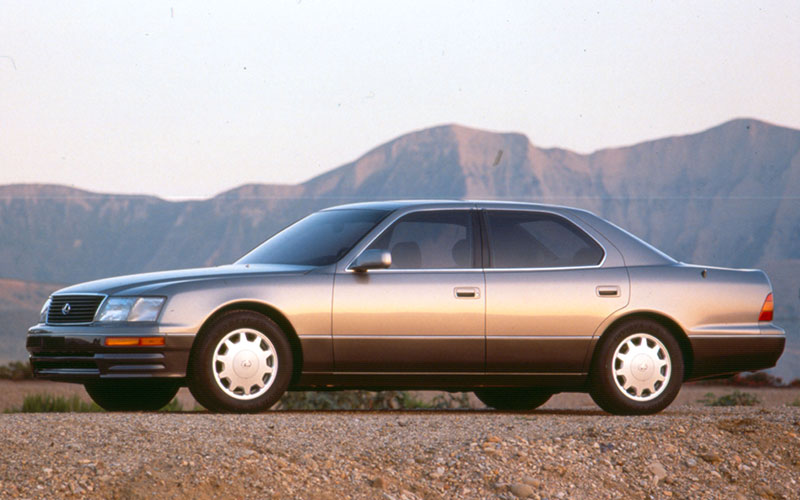
1995 Lexus LS 400 – pressroom.lexus.com | Shop Lexus LS 400 on Carsforsale.com
The LS 400 was a smashing success for Toyota and established the Lexus brand in the minds of American luxury car buyers. At an initial MSRP of $36,000, the Lexus LS 400 came in under the German competition. So much so that BMW erroneously accused Toyota/Lexus of selling the LS 400 below cost.
The LS received its first update and second generation in 1995 model year. Cosmetically, the new car was almost indistinguishable from the prior generation, but changes were significant. The second -generation LS 400 offered a smoother ride, more luxury features, and a new, more powerful V8. A third generation in 2000 swapped in a new 4.3L V8 that granted the hefty sedan a respectable sprint from 0-60 in 6.7 seconds. The LS made the leap to hybrid technology in 2006 with the LS 460 and the LS 600h. The LS 460 which paired it’s 4.6L V8 with an electric motor to shave another second off that 0-60 time and increase efficiency. The LS 600h featured a 5.0L V8 with a hybrid boost that made 439 horsepower. This fourth generation was also the first to feature optional all-wheel drive.
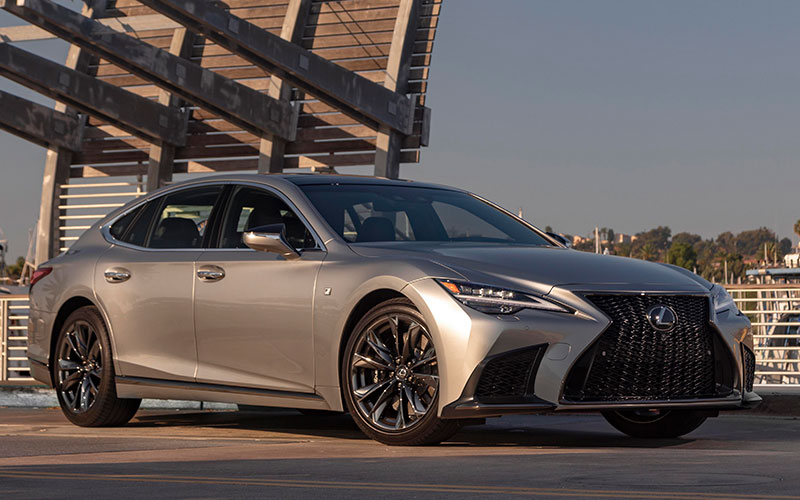
After a few facelifts in 2009 and 2012, the current generation of LS debuted in 2017. The LS 305, LS 500, and their hybrid counterparts continue to carry the torch for Lexus sedans. The conservative styling of the first-gen LS 400 has given way to bold, aggressive lines and titanic front grills. Yet the refinement, quietude, and quality of the original remain as strong as ever in the LS of today.
Lexus’s original tag line was “The Relentless Pursuit of Perfection.” Judging from the current LS, Lexus is as relentless as ever.


